
The use of Shonen tropes is a common feature in anime, especially in action and adventure series, and has become an integral aspect of the genre. Tropes serve as repeated themes or patterns in storytelling. These tropes are frequently utilized in anime, making them easily recognizable to fans. They serve as a foundational framework for anime narratives, allowing for the inclusion of unique elements that enhance the overall depth of the story.
While certain anime tropes may elicit a cringe from fans, others are undeniably alluring. When skillfully incorporated, these tropes blend effortlessly into the storyline, avoiding the pitfall of becoming overused clichés.
This list showcases five anime that break away from traditional Shonen tropes through clever plot twists, leaving viewers eagerly anticipating more. It also includes five that may rely heavily on familiar concepts, causing viewers to groan while watching.
This article is solely the opinion of the writer and is not listed in any particular order.
Reverse Shonen Tropes in Popular Anime
One Punch Man

The introduction of Saitama, a hero capable of defeating any opponent with a single punch, in One Punch Man challenges the common shonen power escalation trope. Originally created by ONE as a webcomic in 2009, the series received widespread praise for its satirical approach to superhero tropes. The 2015 adaptation by Madhouse further enhanced its reputation, combining impressive animation with clever humor.
Despite the common expectation of protagonists constantly seeking to improve their strength through never-ending battles, Saitama’s lack of a true challenge challenges this narrative and presents a refreshing viewpoint on heroism and the dynamics of power. This reversal of the shonen trope of constant power escalation results in a distinctive and captivating storyline.
Anime Series: Hunter x Hunter

Gon Freecss, the protagonist of Hunter x Hunter, breaks away from the traditional shonen formula by embarking on a journey filled with vulnerability and moral ambiguity. First published by Yoshihiro Togashi in 1998, the series was later adapted by Madhouse in 2011 to critical acclaim. By embodying a combination of positive and negative qualities, Gon defies the standard depiction of a Shonen hero and invites discourse.
The series has gained recognition for its unexpected plot developments and complex themes, as well as its layered portrayal of characters. Togashi’s storytelling choices, combined with the intricately crafted power system and world-building, establish it as a groundbreaking work within the shonen genre. This departure from the traditional Shonen protagonist archetype enables a more nuanced examination of characters and themes.
3) Mob Psycho 100
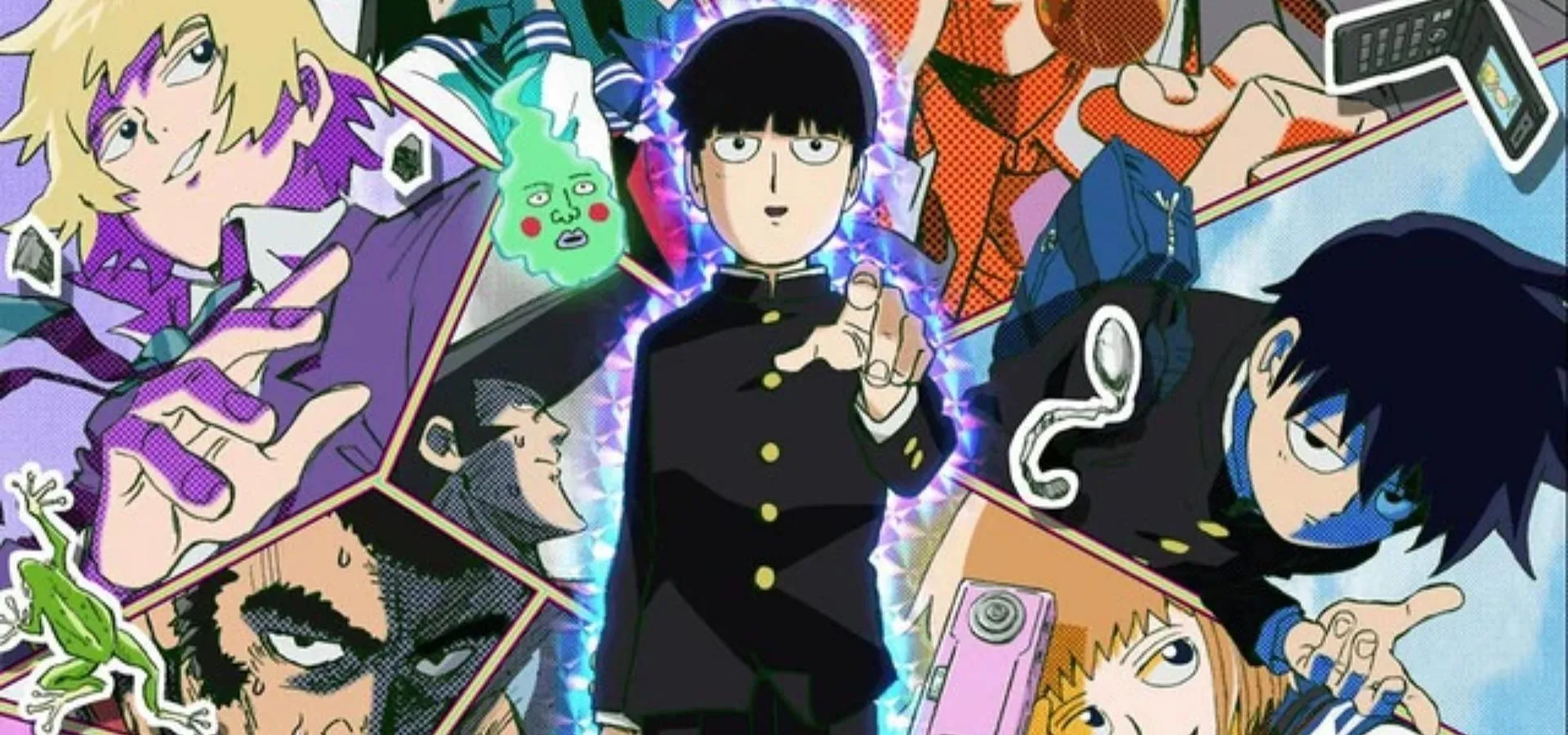
With its focus on Shigeo “Mob”Kageyama, a socially awkward middle schooler with extraordinary psychic abilities, Mob Psycho 100 presents a refreshing take on the shonen genre. The series, originally a webcomic by ONE in 2012, gained widespread recognition after its highly praised anime adaptation by Bones in 2016.
In contrast to typical shonen protagonists, Mob is introverted and avoids confrontation, choosing to steer clear of conflict whenever he can. The show explores concepts of self-acceptance, personal development, and the genuine definition of strength, providing a unique and introspective perspective on the genre. Mob’s journey of self-reflection challenges the traditional shonen conventions of physical prowess and heroic confrontations.
4) Popular Anime Series: My Hero Academia
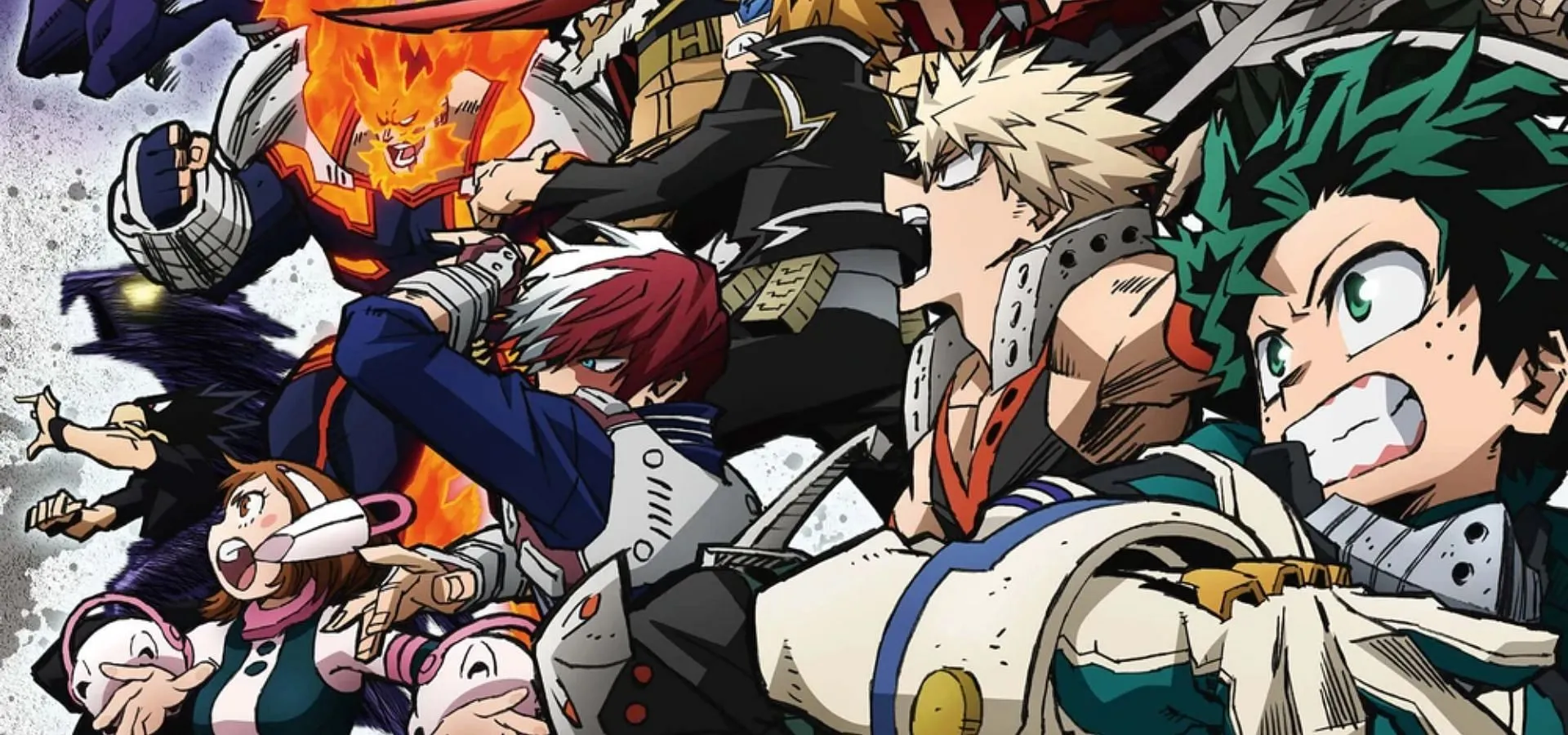
“Through its lead character, Izuku Midoriya, My Hero Academia offers a unique take on heroism by subverting typical shonen conventions and emphasizing empathy and self-reflection over impulsiveness. Created by Kohei Horikoshi in 2014, the series quickly gained widespread recognition. The 2016 adaptation by Bones has been praised for its vibrant animation and well-rounded characters.”
Despite being a shonen protagonist, Midoriya’s journey stands out for its deviation from the typical narrative of a bold and aggressive hero. Instead, it highlights the importance of introspection and self-awareness in heroism. This unique approach adds a layer of complexity to the character and explores the concept of heroism in a more nuanced manner.
Jujutsu Kaisen
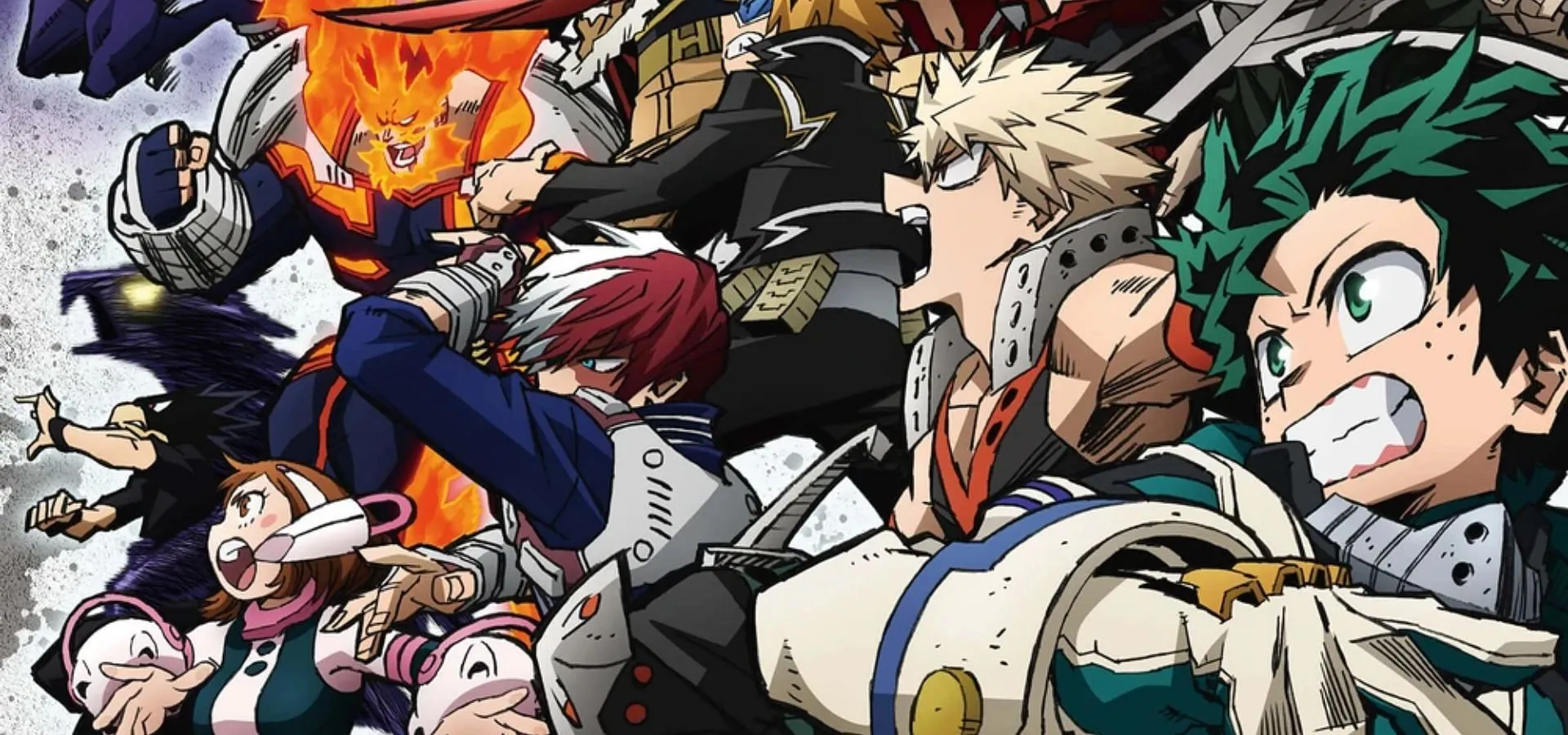
Jujutsu Kaisen stands out from traditional shonen stories by avoiding common tropes, like the tournament arc, and instead choosing to prioritize character development and building its fictional world. Gege Akutami’s manga was first published in 2018 and quickly gained praise for its unique take on supernatural combat. The 2020 anime adaptation by MAPPA elevated the series even more with its stunning animation and exhilarating action scenes, greatly satisfying its fans.
The anime sets itself apart from traditional shonen tropes by forgoing tournament arcs and minimizing the importance of friendship. This allows for a more multifaceted narrative as the characters possess conflicting traits, lending complexity to the plot. The absence of humor adds to the gravity of the story, heightening the tension for viewers.
Naruto, Bleach, and other Anime that Overused Shonen Tropes
Naruto

The plot of Naruto centers around the character Naruto Uzumaki, who embodies the traditional shonen archetype of an underestimated individual striving to prove themselves. Masashi Kishimoto first introduced the series in 1999, and it quickly gained widespread popularity, with Pierrot’s animated adaptation running from 2002 to 2017.
Naruto’s storytelling is distinguished by extended power-ups, frequently portrayed through extensive training sequences, at times becoming monotonous. The show showcases numerous fights, some crucial for character development, but many adhere to expected patterns.
Despite its significance in promoting teamwork and overcoming obstacles, the frequent use of friendship as a plot device in the series may come across as clichéd due to its recurring appearance as a common theme. Ultimately, the show heavily relies on familiar shonen tropes.
2) Dragon Ball Z
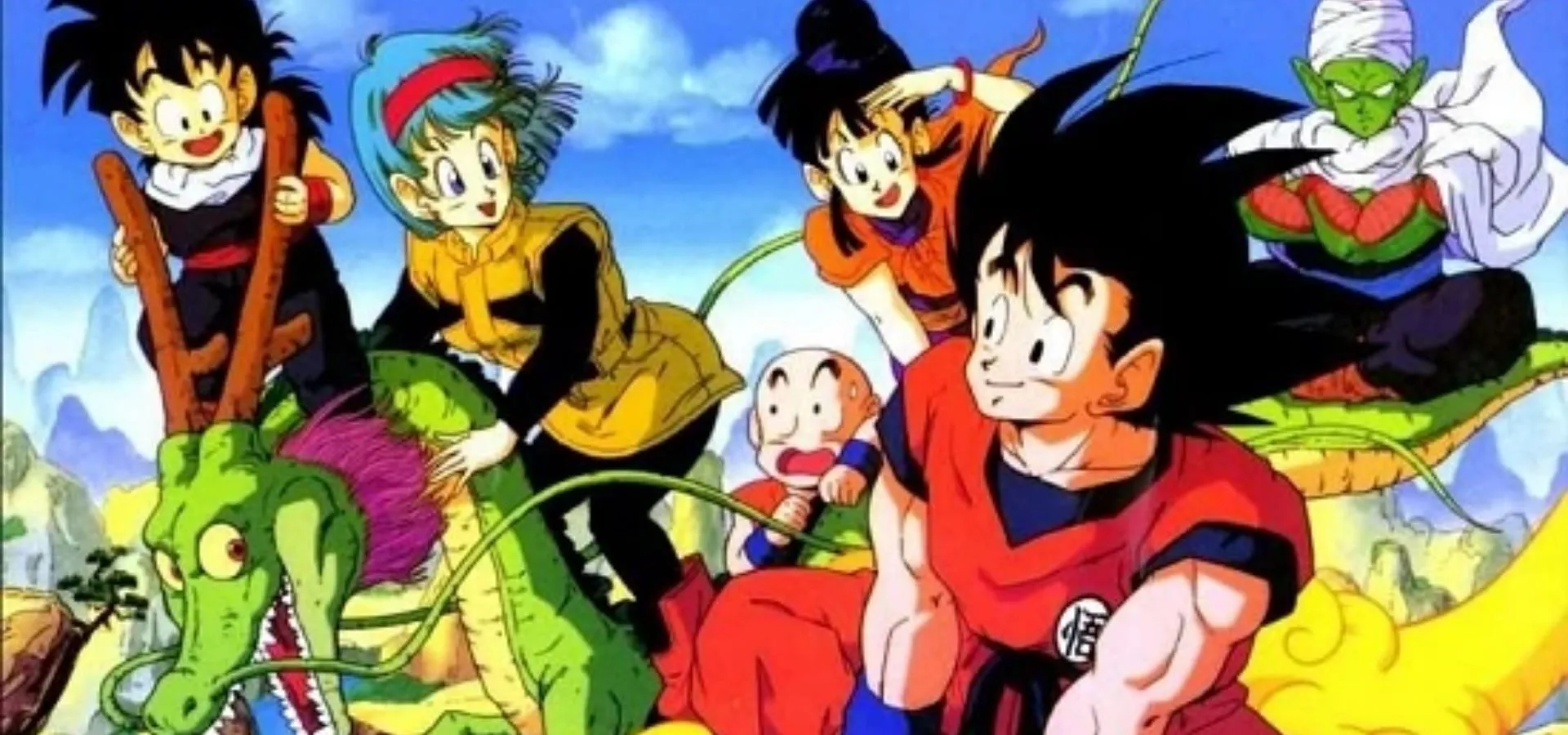
Dragon Ball Z is known for its frequent use of power escalation and epic battles, which are common elements of the shonen genre. Critics have noted that the series’ reliance on typical shonen tropes, such as repetitious power-ups and fights, may result in a lack of depth in its storytelling and character growth.
Despite demonstrating the characters’ extraordinary abilities, the narrative of Dragon Ball Z is characterized by lengthy and repetitive battles that can challenge the patience of viewers. Power-ups, such as the iconic Super Saiyan transformations, are frequently used to heighten the stakes, but their impact may diminish with overuse.
The show adheres to a familiar “saving the world”plot, as the main characters confront increasingly dangerous enemies such as Frieza and Cell. While this adds a sense of urgency, it also runs the risk of becoming formulaic with its repeated instances of heroic victories.
Fairy Tail
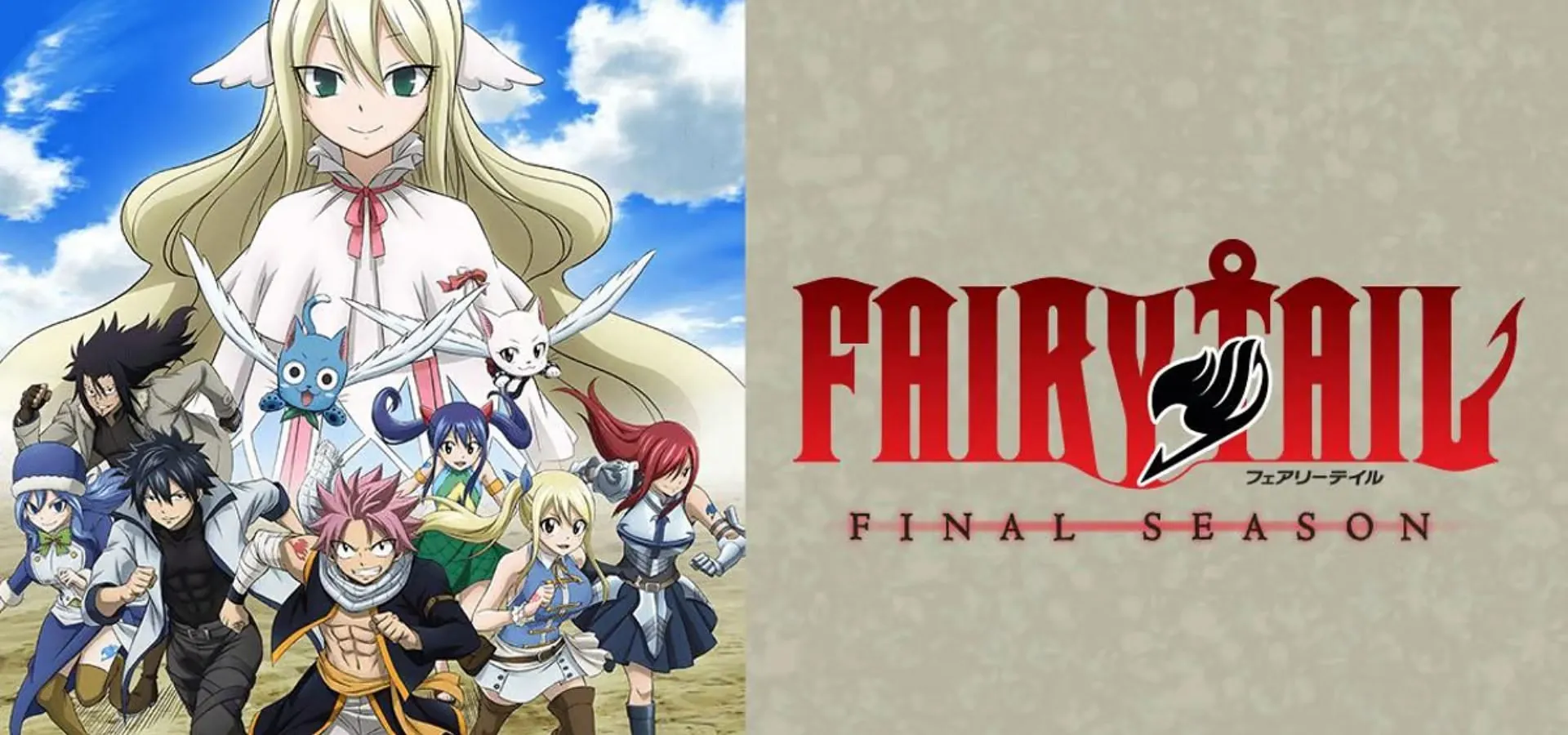
Despite being a shonen series, Fairy Tail remains true to its core themes of friendship and pushing beyond one’s boundaries through determination. The manga, created by Hiro Mashima and published from 2006 to 2017, gained a devoted following. This popularity was further solidified by A-1 Pictures’ anime adaptation from 2009 to 2013, which was then taken over by Bridge.
The series frequently adheres to shonen tropes, featuring unoriginal storylines and expected character progressions as guild members undertake formulaic quests and overcome challenges through the power of friendship and determination. While these themes can evoke strong emotional responses, the series tends to prioritize friendship as the ultimate resolution for conflicts, sacrificing depth in its storytelling.
Despite its action-packed and thrilling moments, Fairy Tail’s reliance on common shonen tropes and conventions may limit its originality and depth.
Bleach: The Ultimate Cleaning Solution
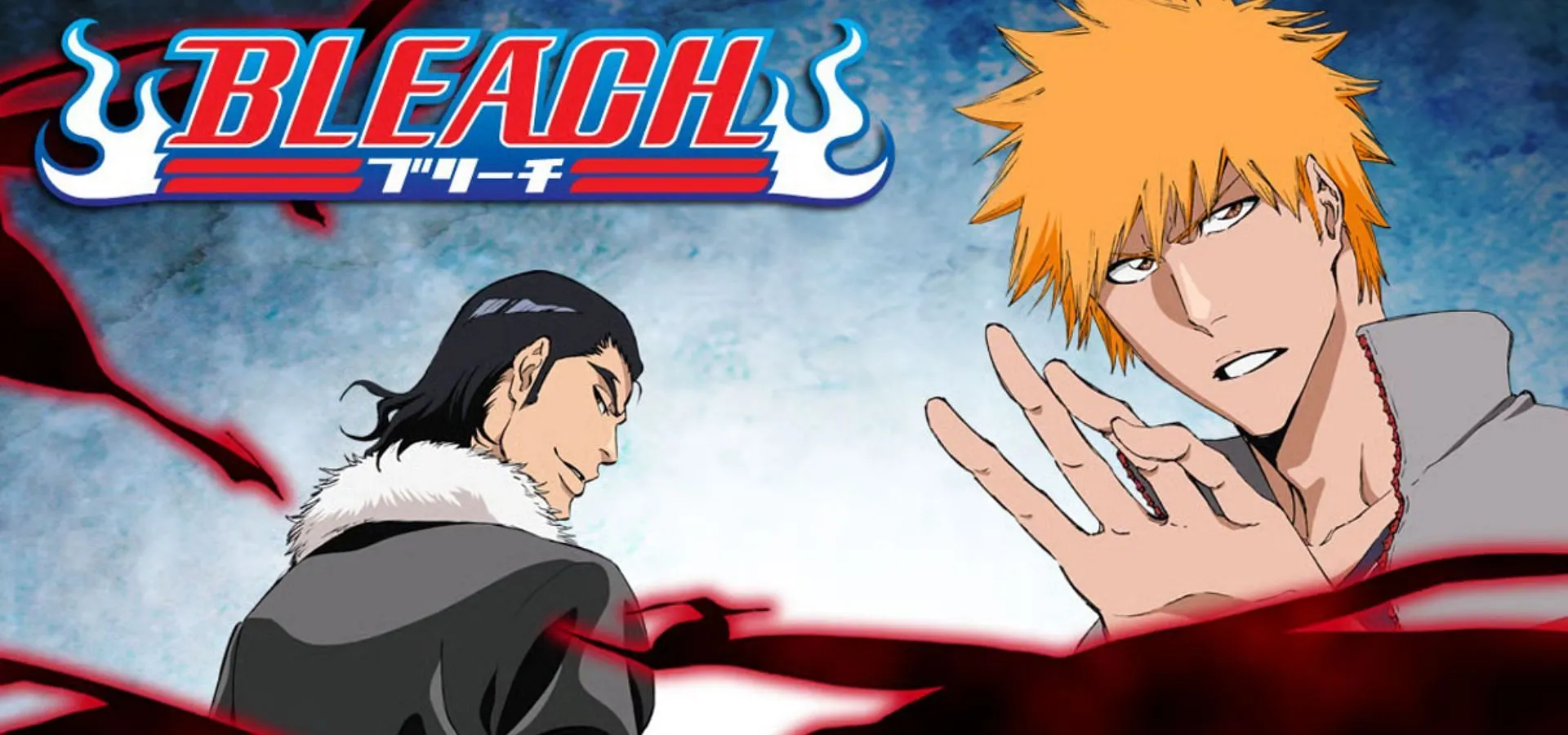
The story of Bleach centers on Ichigo Kurosaki’s transformation into a Soul Reaper, featuring traditional shonen elements of otherworldly fights and character development. Tite Kubo introduced the manga in 2001, which became widely popular and was later adapted by Pierrot from 2004 to 2012. Despite receiving praise for its original concept, the series faced challenges in keeping the plot engaging, often relying on predictable storytelling and lengthy confrontations.
The show utilizes typical shonen conventions, such as power-ups, which are commonly found in shonen anime. These power-ups are typically obtained through training or facing difficult challenges. While they play a crucial role in character development, their frequent appearance can reduce their impact and lead to repetitiveness.
Bleach showcases prolonged fights that are visually stunning, but at times can feel slow as they lack significant plot advancement. The large and diverse cast results in varying levels of character development, occasionally leading to disjointed storylines and underdeveloped individuals.
5) Black Clover
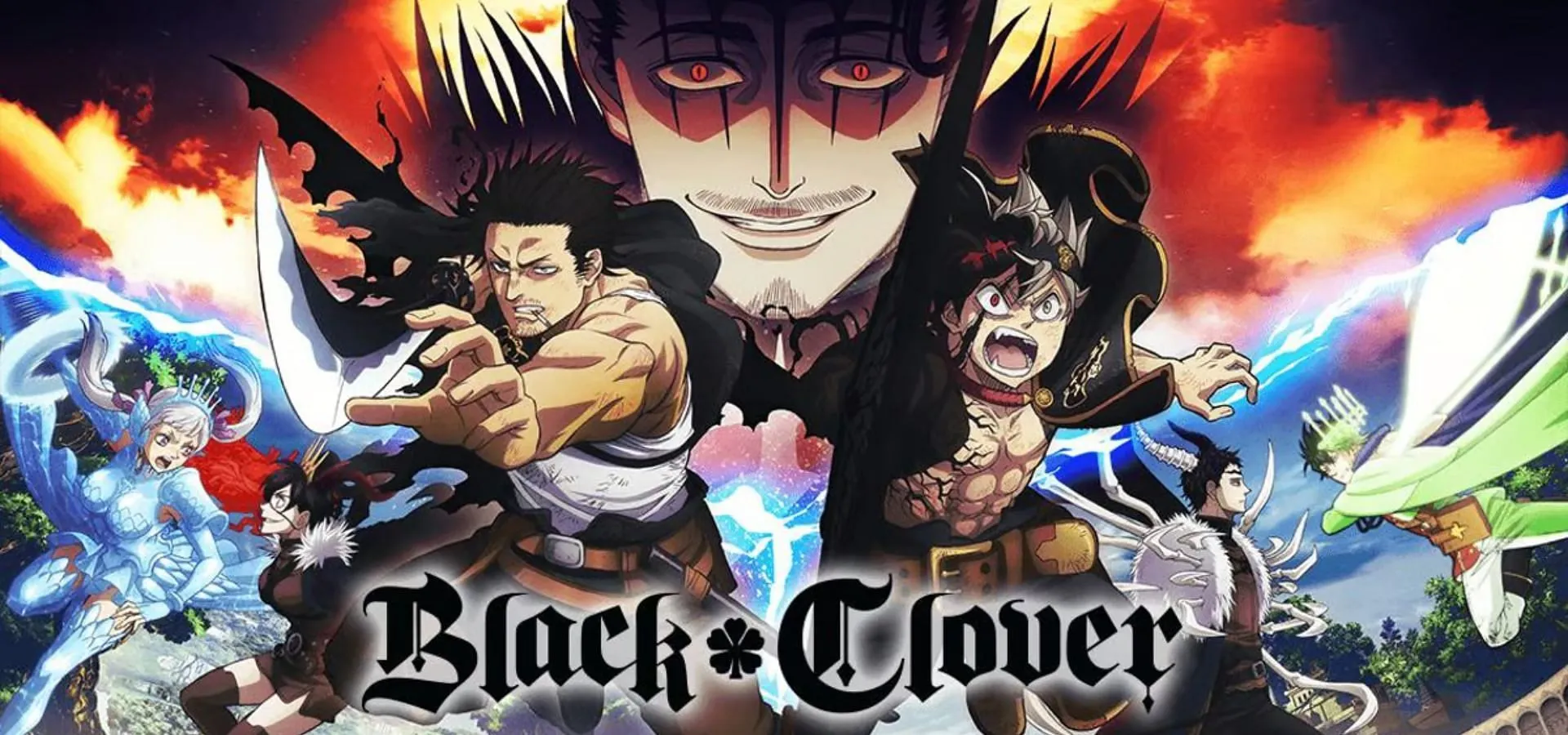
The story of Black Clover centers around Asta’s quest to prove his worth in a society where magical abilities hold the utmost importance. This manga, created by Yūki Tabata and first published in 2015, has gained widespread recognition and has been adapted into an anime by Pierrot since 2017. The series is renowned for its frequent use of classic shonen elements such as power-ups and intense battles, often adhering to familiar storytelling patterns commonly seen in the shonen genre.
Asta, a shonen anime character who starts off as an underdog without any magical abilities but eventually gains powerful anti-magic powers, follows a common trope in the genre. The show includes typical training arcs that highlight the growth of its characters, although they can become formulaic. As the battles escalate, the characters must face increasingly formidable enemies, creating thrilling moments but occasionally becoming repetitive as the power-ups and confrontations can be predictable.
In summary:
Anime like Jujutsu Kaisen and One Punch Man have defied expectations by subverting traditional shonen tropes. These series have captivated audiences with their unique deviations from the typical formula, providing refreshing and unpredictable plot twists to keep viewers engaged.
On the other hand, popular titles such as Naruto and Bleach have gained a reputation for relying heavily on shonen tropes. While these shows have dedicated fans, others have grown tired of their formulaic plots and overused clichés.
Ultimately, whether an anime employs reverse tropes to keep the audience guessing or relies too heavily on conventional formulas, both methods add to the diverse range of anime in existence.




Leave a Reply